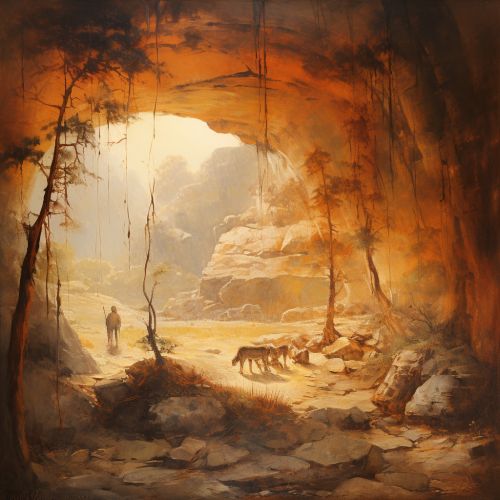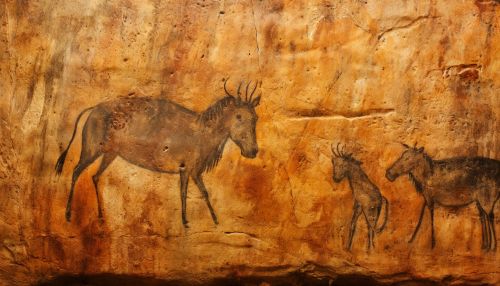Texture Painting
Introduction
Texture painting is a specialized field within the broader discipline of visual arts, where artists use various techniques to create physical texture on their canvas. This form of painting appeals to both the visual and tactile senses, making it a unique and engaging art form.
History
Texture painting has a rich history that dates back to the earliest forms of human artistic expression. Prehistoric cave paintings often incorporated natural textures, using the contours and irregularities of the cave walls to enhance their depictions of animals and other subjects.


In the modern era, texture painting gained prominence with the advent of the Impressionist movement in the late 19th century. Artists such as Monet and Van Gogh used thick, impasto brushstrokes to create a sense of depth and texture in their paintings.
Techniques
There are several techniques artists use to create texture in their paintings. These include:
Impasto
Impasto is a technique where paint is laid on an area of the surface very thickly, usually thick enough that the brush or painting-knife strokes are visible. When dry, impasto provides texture and adds a three-dimensional aspect to the painting.
Grattage
Grattage is a surrealist technique in painting in which (usually wet) paint is scraped off the canvas. It was employed by Max Ernst and others.
Frottage
Frottage is a method of creation in which one takes a pencil or other drawing tool and makes a "rubbing" over a textured surface. The drawing can either be left as is or used as the basis for further refinement.
Collage
Collage is a technique of art creation, primarily used in the visual arts, where the artwork is made from an assemblage of different forms, thus creating a new whole.
Materials
Artists use a variety of materials to create texture in their paintings. These include:
Paint
Thick paint, such as oil or acrylic, is often used to create texture. Artists can apply the paint thickly, in multiple layers, or mix it with other materials to create different textures.
Modeling Paste
Modeling paste, also known as molding paste, is a thick, white material that artists can mix with paint to create a three-dimensional texture.
Sand and Grit
Artists can add sand or grit to their paint to create a rough, granular texture. This can be particularly effective for creating realistic depictions of natural surfaces like stone or bark.
Found Objects
Some artists incorporate found objects into their paintings to create texture. This can include anything from newspaper clippings to pieces of fabric or metal.
Notable Artists
Several notable artists have made significant use of texture painting in their work. These include:
Vincent van Gogh
Vincent van Gogh is perhaps the most famous artist associated with texture painting. His use of thick, impasto brushstrokes is a hallmark of his style, and his paintings are instantly recognizable for their rich, tactile surfaces.
Anselm Kiefer
Anselm Kiefer is a contemporary artist known for his heavily textured paintings. He often incorporates materials like straw, ash, and clay into his work, creating dense, layered surfaces that are rich in symbolic meaning.
Robert Rauschenberg
Robert Rauschenberg was an American painter and graphic artist whose early works anticipated the pop art movement. He was well-known for his "Combines", in which non-traditional materials and objects were employed in innovative combinations.
Conclusion
Texture painting is a fascinating and diverse field of art. By incorporating physical texture into their work, artists can engage the viewer's sense of touch as well as sight, creating a multi-sensory experience that is unique to this form of painting.
